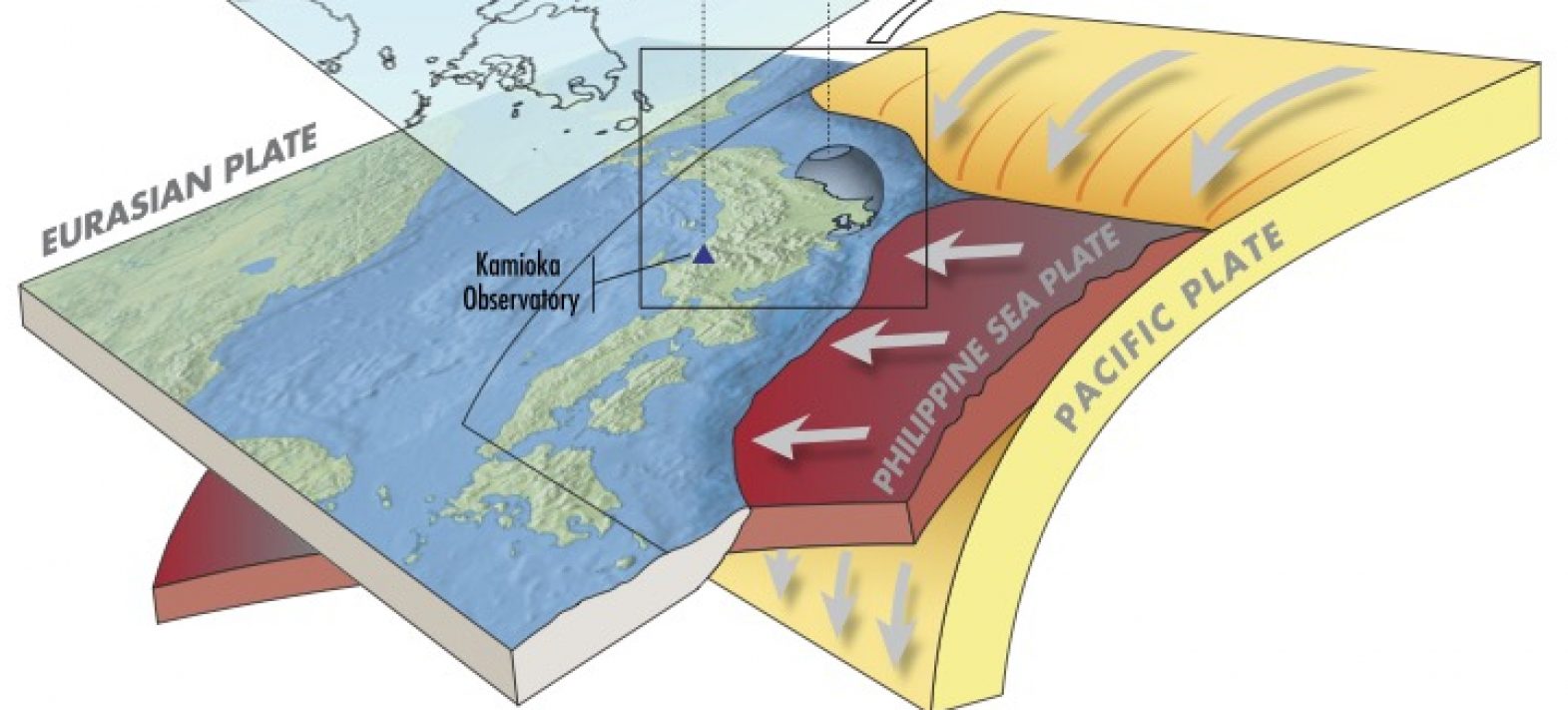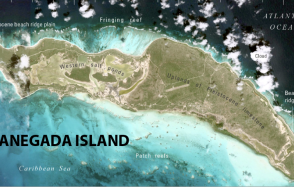Detection of a gravity signal before the arrival of seismic waves
The Earth's gravitational field is not uniform over the surface of the globe, but depends on the masses (thickness and density in particular) of the various layers present beneath the surface. During an earthquake, ground movements are accompanied by a significant redistribution of these masses, generating significant changes in the earth's gravitational field.

Subduction at the origin of the Tohoku earthquake
Publication date: 24/11/2016
Press, Research
Related teams :
Seismology
Related themes : Natural Hazards









